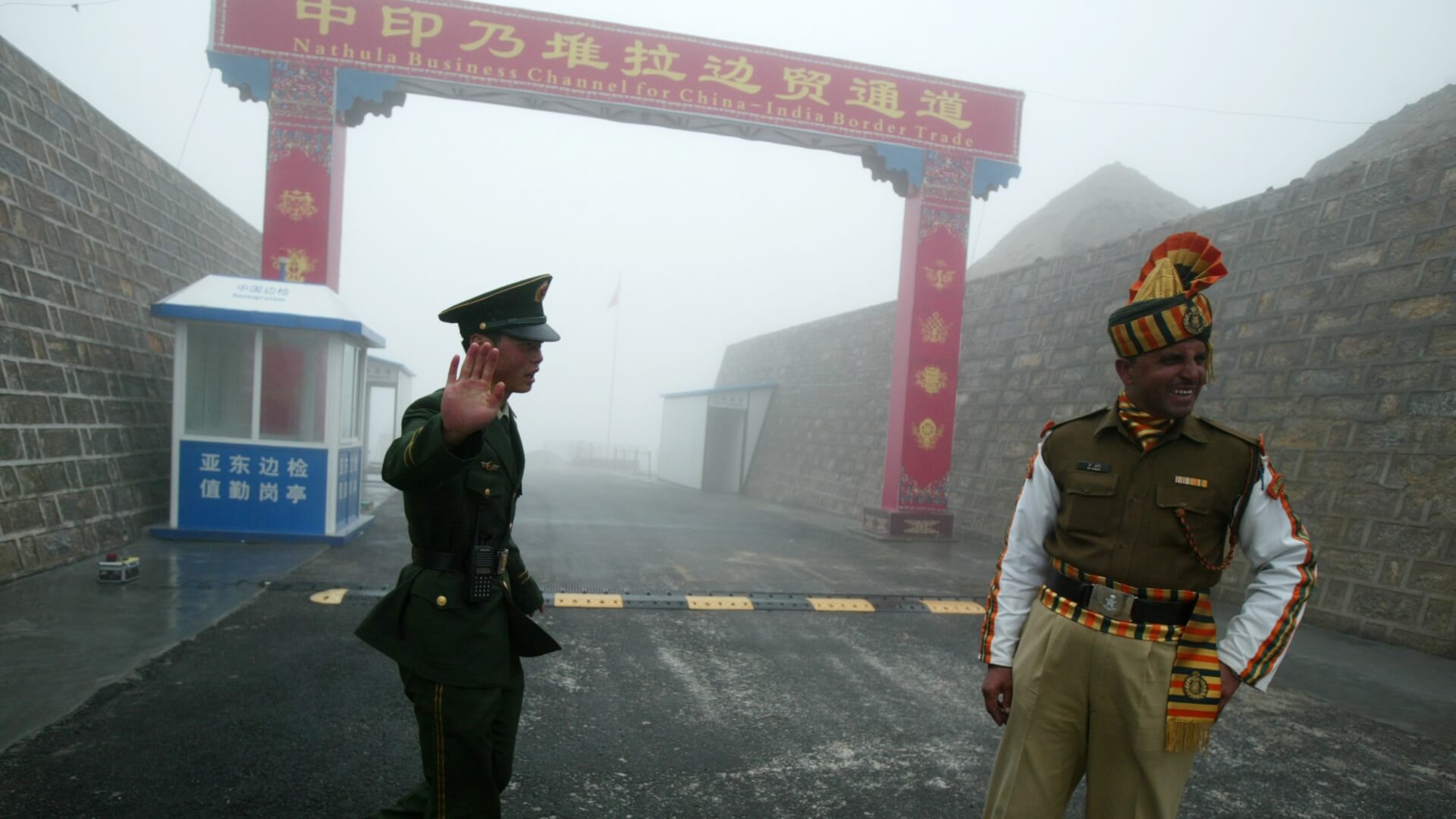On Friday, India and China once again failed to resolve their border dispute along the Line of Actual Control (LAC) during the 15th round of the Corps Commander level meeting since the dispute began in the summer of 2020. As of now, both sides have agreed to maintain dialogue via “military and diplomatic channels” to reach a mutually acceptable resolution on their remaining friction points in eastern Ladakh.
The high-level meeting was held at the Chushul-Moldo border point on the Indian side of the LAC and aimed to find a mutually acceptable solution regarding the pulling back of their respective troops from friction points along the 3,488km-long Himalayan border.
On India-China border standoff, Wang Yi says -
— Prasar Bharati, Beijing (@PBSC_Beijing) March 7, 2022
• China India relations have encountered some setbacks in recent times which don’t serve the fundamental interests of two countries and the two peoples
• As regards the Border question,it is left over from history.#TwoSessions2022 pic.twitter.com/6s26CPfMsg
Although troops have completely disengaged at some hot spots since the beginning of the talks, the latest round of military diplomacy failed to build on agreements made during the 14th round of talks held on 12th January, suggesting little movement in other areas.
A joint press release released by the Indian Ministro of Defence on Saturday announced that both sides “carried forward their discussions from the previous round… for the resolution of the relevant issues along the LAC in the Western Sector.” They also reaffirmed that a resolution “would help restore peace and tranquillity along the LAC in the Western Sector and facilitate progress in bilateral relations.”
In the meantime, the two neighbours have pledged “to maintain the security and stability on the ground in the Western Sector” and “maintain dialogue via military and diplomatic channels to reach a mutually acceptable resolution of the remaining issues at the earliest.
The several rounds of talks come after aggression between both border forces reached an all-time high in May 2020. Border tensions flared up when several troops engaged in stone-pelting and fistfights in Eastern Ladakh and the Naku La pass in Northern Sikkim. The Chinese troops had reportedly objected to the presence of their Indian counterparts in the disputed lake area that China controls two-thirds of.
They agreed to maintain dialogue via military and diplomatic channels to reach a mutually acceptable resolution of the remaining issues at the earliest. *Ends
— Saurabh Joshi (@SaurabhJoshi) March 12, 2022
Soon after, in June 2020, both armies engaged in another “violent face-off” in the Galwan Valley in Eastern Ladakh that left 20 Indian soldiers and four Chinese soldiers dead. The violence was the first deadly clash between the nuclear-armed rivals in 45 years.
Since then, New Delhi and Beijing have held several detailed exchanges in order to de-escalate tensions; however, these discussions have done little to put an end to the two sides hurling accusations at one another.
During the 13th round of talks last October, Beijing accused New Delhi of making unreasonable demands while New Delhi in turn accused Beijing of failing to provide a “forward-looking proposal”.
More recently, India joined a diplomatic boycott of the Beijing Winter Olympics last month after finding out that a Chinese soldier who participated in the 2020 Galwan Valley clashes would be taking part in the opening ceremony.
Nevertheless, despite the absence of concrete action or progress during the most recent talks, Rajeev Ranjan Chaturvedy, a professor at Nalanda University, welcomed the latest statement with optimism. “Perhaps commanders have reached an understanding but due to high sensitivity and complexities, it may require further discussion with higher authorities,” he speculated. “If you look at statements from the 13th to 15th rounds, there is a gradual improvement in mutual understanding. So, if we don’t get a breakthrough, at least defrosting has started.” Chaturvedy added.

